Equipment
Callaway launches new Rogue, Rogue Sub Zero and Rogue Draw drivers, and fairway woods

With its Jailbreak technology, Callaway’s GBB Epic drivers were the No. 1-selling drivers in the United States in 2017; actually, according to Callaway, they were the No. 1-selling drivers every month in the U.S. in 2017.
How do you back that up? How do you replace a driver that’s been so successful?
Well, apparently you don’t.
Callaway’s new Rogue, Rogue Sub Zero and Rogue Draw drivers, as Callaway says, do not replace its GBB Epic and GBB Epic Sub Zero drivers of last year. Instead, Rogue is an all-new line that improves on the Epic technologies, but the company will continue to sell its Epic drivers.
Actually, if you follow Callaway’s trends over recent years, you may realize that the company should be coming out with an XR 18 line of drivers and fairway woods. That’s not the case, however. In this sense, Callaway is “going rogue.” Company representatives say that with the new Rogue drivers and fairway woods, the company is “doing what the industry is not expecting us to do.” This means that instead of coming out with an XR 18 driver at a price point of say $379, it is launching the Rogue drivers at $499.99 and packing them with improved-upon technologies than were in the Epic drivers, for more forgiveness and better aerodynamics. Callaway also says “the XR line is done for us.”
The original Jailbreak technology in the Epic drivers consisted of two titanium bars that sat behind the face; the idea is that the bars gave the structure more strength, or stiffened the crown and sole, to allow the faces to be made thinner, and therefore faster, without sacrificing durability. But with the Rogue drivers, Callaway wanted to save weight from these bars in order to displace the weight elsewhere (re: lower and more rearward in the head for more forgiveness). So Callaway’s engineers designed new hourglass-shaped Jailbreak bars, which are thinner in the middle portions of the titanium bars, and thicker near the crown and sole. This allowed the company to save 25 percent of the weight from the Jailbreak design without sacrificing the benefits of higher ball speeds across the face. You’ll notice from address (in the photo below) that the body looks a bit more stretched out than the Epic drivers; that’s to drive CG (center of gravity) more rearward to raise MOI (moment of inertia, a measure of forgiveness). The new hourglass design allowed that to be possible, as well getting rid of the weight-shifting track in the rear of the sole, as seen on the Epic drivers.
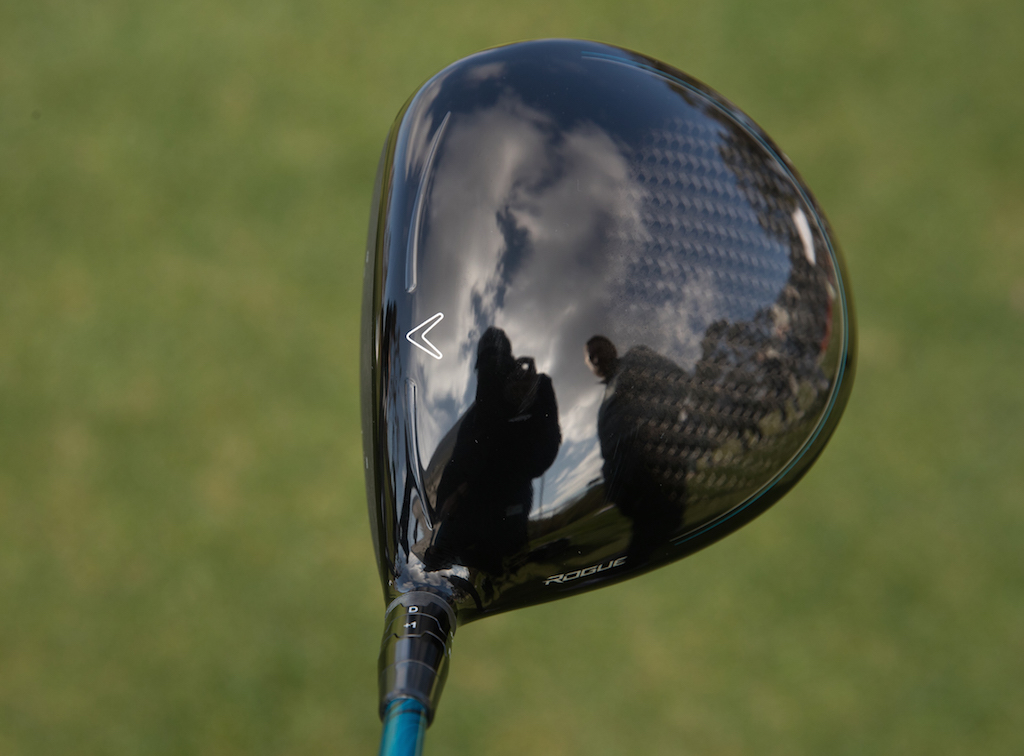
Callaway’s Rogue drivers, unlike the GBB Epic drivers, use the Boeing aero package — equipped with speed trips on the crown and an overall more aerodynamic shape — that the company introduced in the XR 16 drivers. The Rogue drivers also use a new X Face VFT technology that uses variable face thicknesses across the face to boost ball speeds on off-center strikes. The triaxial carbon crowns of the Rogue, which Callaway calls it’s largest carbon crowns ever, also save weight from the top of the club that is displaced lower in the heads to drive CG lower and more rearward.
The overall result is 0.6 mph more club head speed from the Rogue drivers compared to the GBB Epic, according to Callaway, and a 16 percent tighter dispersion.
There are three different models in the Rogue driver series: Callaway Rogue, Rogue Sub Zero and Rogue Draw. The relationship between the Rogue and Rogue Sub Zero is the same as it was between the GBB Epic and the GBB Epic Sub Zero, with the standard version having a larger profile and more shallow face, while the Sub Zero is a bit lower-spinning with a more compact look and a deeper face. The Rogue Sub Zero has two interchangeable weights (2 grams and 14 grams) that produces about 200 rpm of change between the two settings, according to Callaway.
The new Rogue Draw, with a 5-gram screw in the sole toward the heel, and with additional internal heel wighting, is for those golfers who want to fix their slice. The GBB Epic driver, with the 17-gram weight all the way in heel, hit the golf ball 11 yards left of center, according to Callaway’s testing. The Rogue Draw hits it 18 yards left of center. That means the Rogue Draw will draw the ball 7 yards farther than a GBB Epic set to draw.
The Rogue, Rogue Sub Zero and Rogue Draw drivers will be available at retail on February 9 for $499.99 each. Callaway Customs will also be available on each of the drivers in March. See below for more information on stock shafts, and keep reading for info on the fairway woods.
Discussion: See what GolfWRX Members are saying about the Rogue drivers and fairways in our forums
Callaway Rogue driver
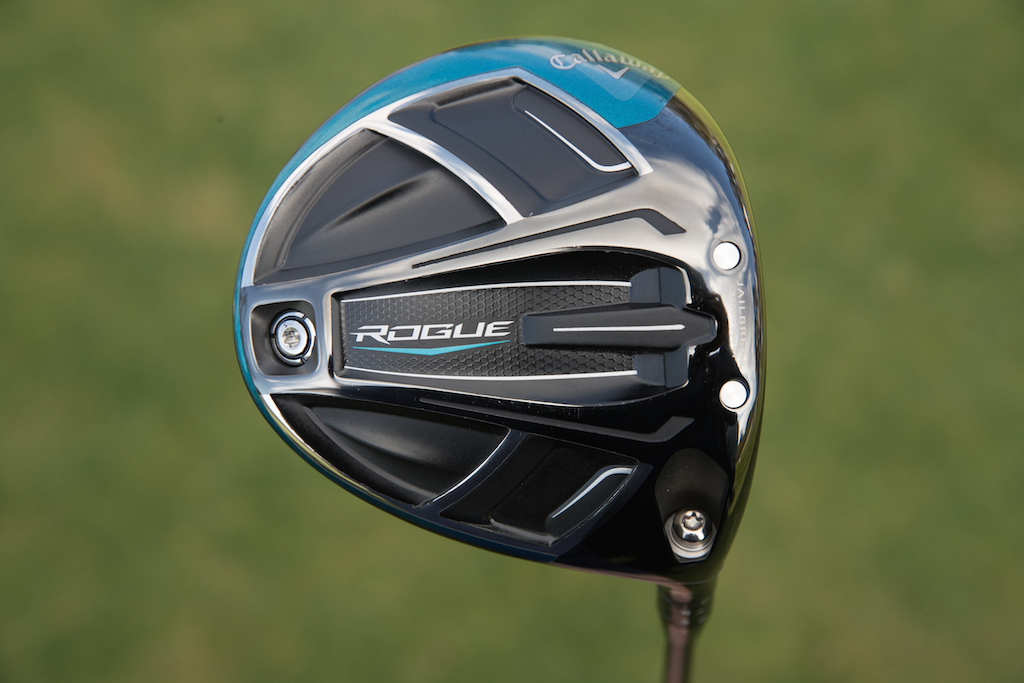
Stock shafts for the standard Rogue range from 40-70 gram options, including Aldila’s Synergy and Quaranta shafts, and Project X’s EvenFlow and HZRDUS Yellow shafts.
Callaway Rogue Sub Zero driver

Stock shafts for the Rogue Sub Zero range from 50-70 gram options, including Aldila’s Synergy, Project X’s EvenFlow, and Project X’s HZRDUS Yellow.
Callaway Rogue Draw driver
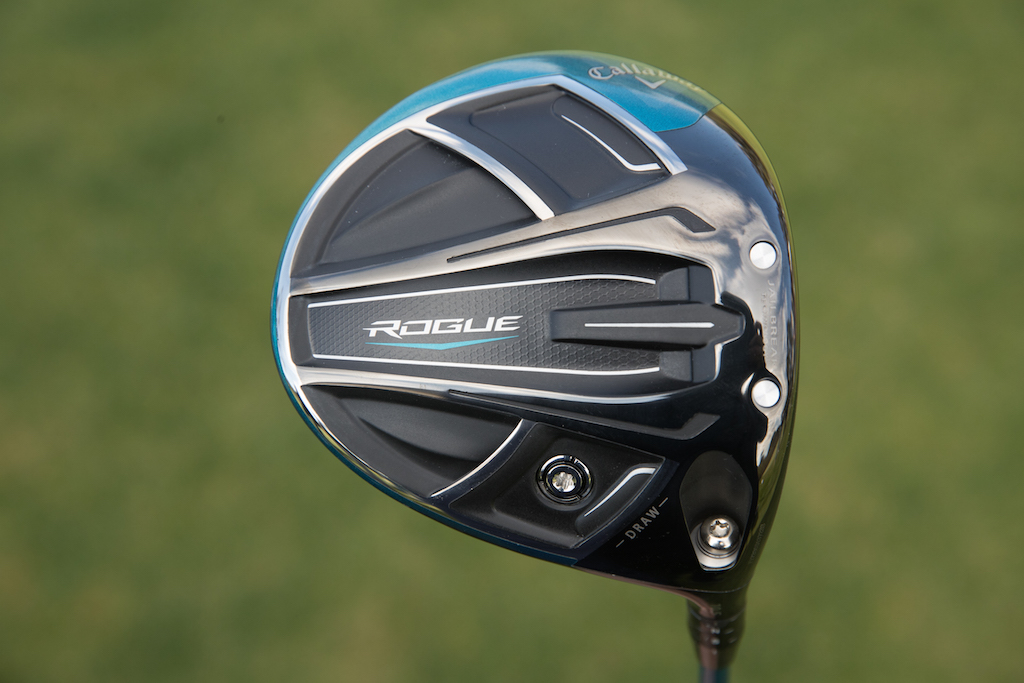
The Rogue Draw is available in 9, 10.5 and 13 degree lofts. Stock shafts include the same offerings as the standard Rogue model, which include Aldila’s Synergy and Quaranta shafts, and Project X’s EvenFlow and HZRDUS Yellow shafts.
Callaway Rogue and Rogue Sub Zero fairway woods
Callaway’s Epic fairway woods did not have Jailbreak technology, but the Rogue fairways do. Also, unlike the hourglass-Jailbreak that’s in the Rogue drivers, the Rogue fairway woods do not have the hourglass shape, and they’re made from steel instead of titanium. According to Callaway, while it wanted to make the Jailbreak technology lighter in the drivers, it actually wanted to make it heavier in the fairways, thus they’re made from steel and do not have the weight-saving hourglass shape.
Jailbreak in the Rogue fairway woods combines with Callaway’s familiar Face Cup technology. The Rogue fairway woods faces are made from “ultra-thin” Carpenter 455 steel, and the Face Cup is designed to boost ball speeds on off-center hits. Additionally, the Rogue fairways use Callaway’s Internal Standing Wave to position CG low-and-forward for high launch and low spin, they use triaxial carbon crowns to save weight from the top portions of the club to also shift CG lower, and they use the Boeing aero package for more club head speed.
The Rogue Sub Zero fairway woods, which have more compact shapes and deeper faces, also have a 5-gram weight in the forward portion of their soles in order to driver CG even more forward. This design will help high-spin golfers lower spin for more distance.
The Rogue and Rogue Sub Zero fairway woods will sell for $299.99 each starting on February 9. See below for shaft details.
Callaway Rogue fairway wood
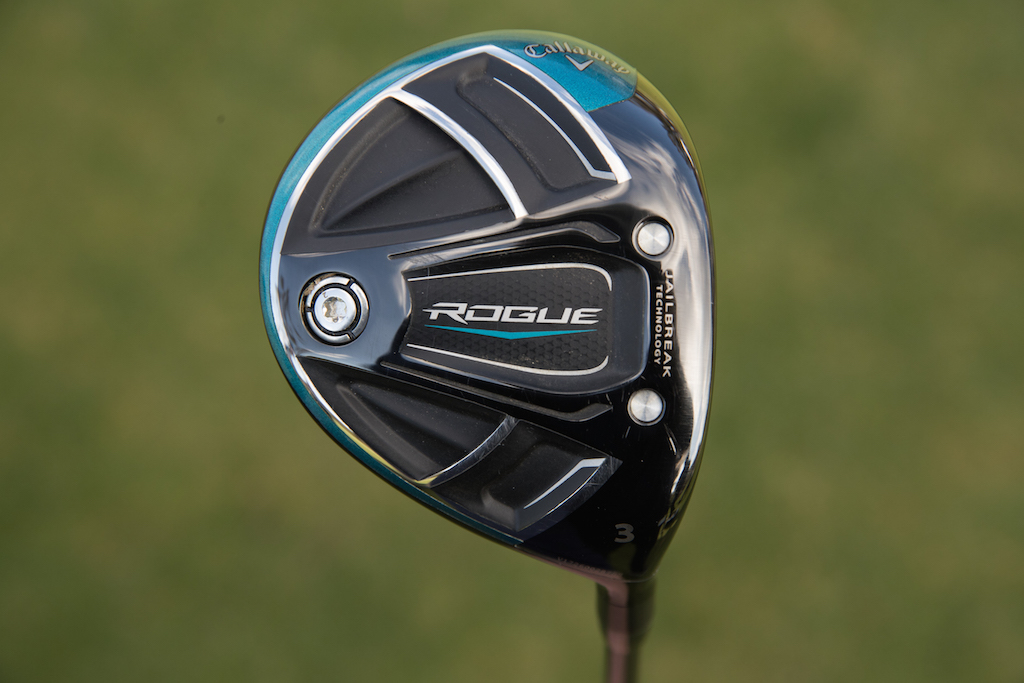
Callaway says the Rogue fairways (13.5, 15, 17, 19, 20, 21, 23 and 25 degrees) are available in multiple premium shafts and weights ranging from 40-80 grams.
Callaway Rogue Sub Zero fairway wood
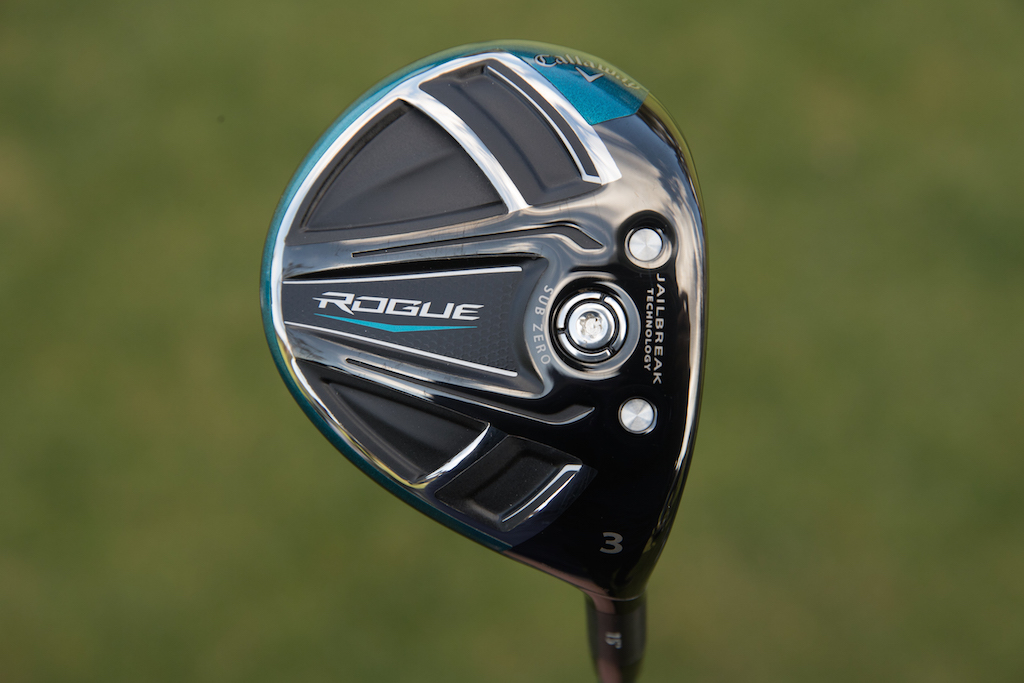
Callaway says the Rogue Sub Zero fairways (13.5, 15 and 18 degrees) are available in multiple premium shaft brands ranging from 60-80 grams.
Discussion: See what GolfWRX Members are saying about the Rogue drivers and fairways in our forums
- LIKE170
- LEGIT24
- WOW14
- LOL11
- IDHT5
- FLOP16
- OB6
- SHANK85
Whats in the Bag
Akshay Bhatia WITB 2024 (May)
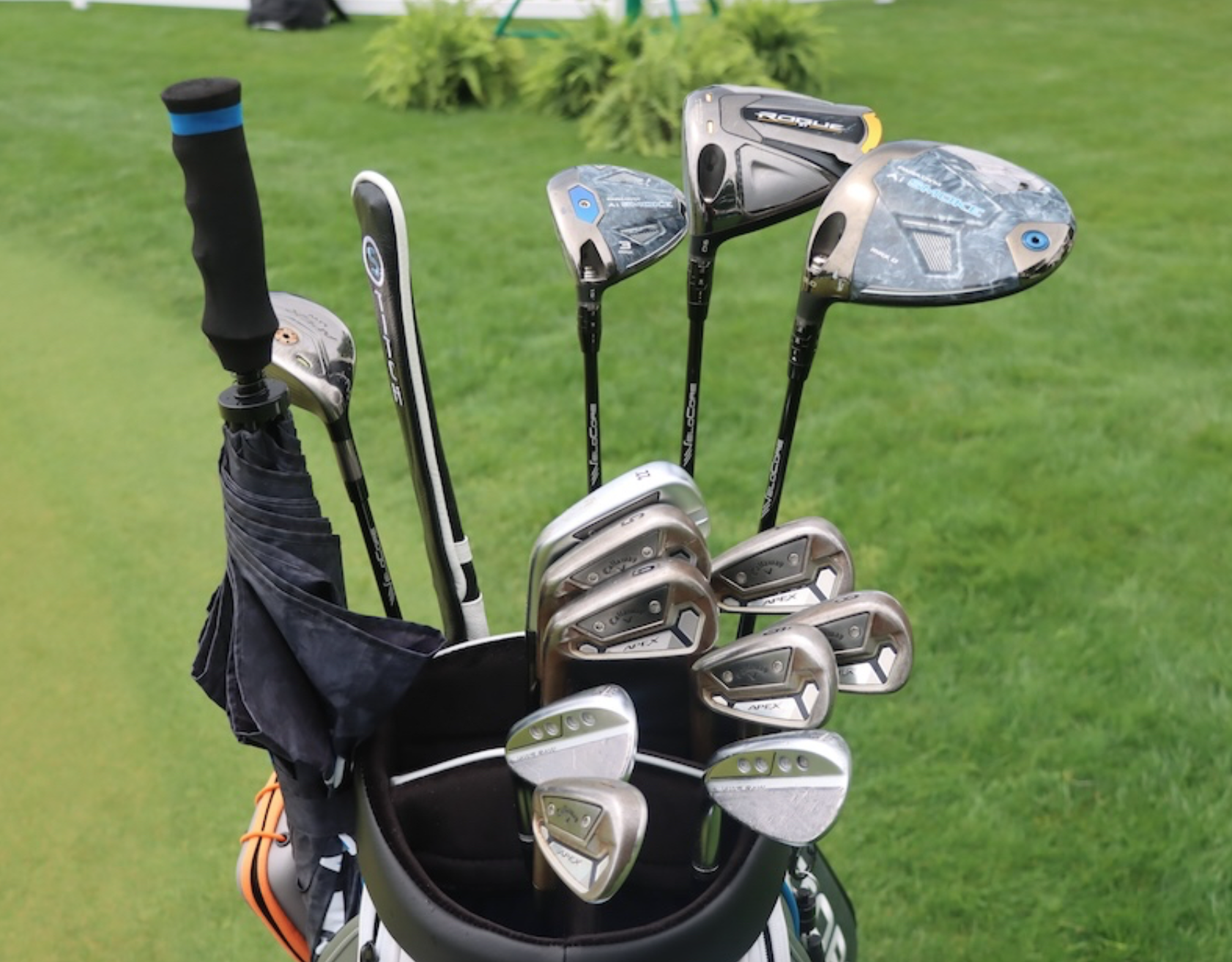
- Akshay Bhatia what’s in the bag accurate as of the Wells Fargo Championship. Bhatia is deciding between drivers. More photos from the event here.
Driver: Callaway Rogue ST Max LS (9 degrees @7.2, 2 grams lead tape heel, 4 grams toe)
Shaft: Fujikura Ventus Black 7 X (44 7/8 inches, tipped 1 inch)
Driver: Callaway Paradym Ai Smoke Max D (9 degrees @7)
Shaft: Fujikura Ventus Black 7 X
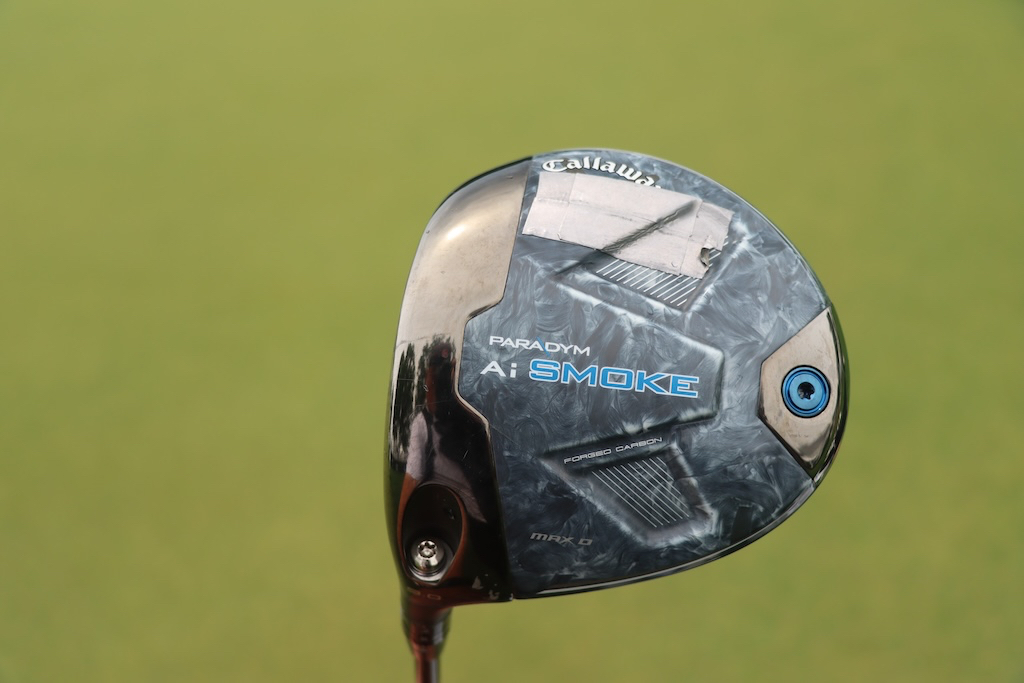
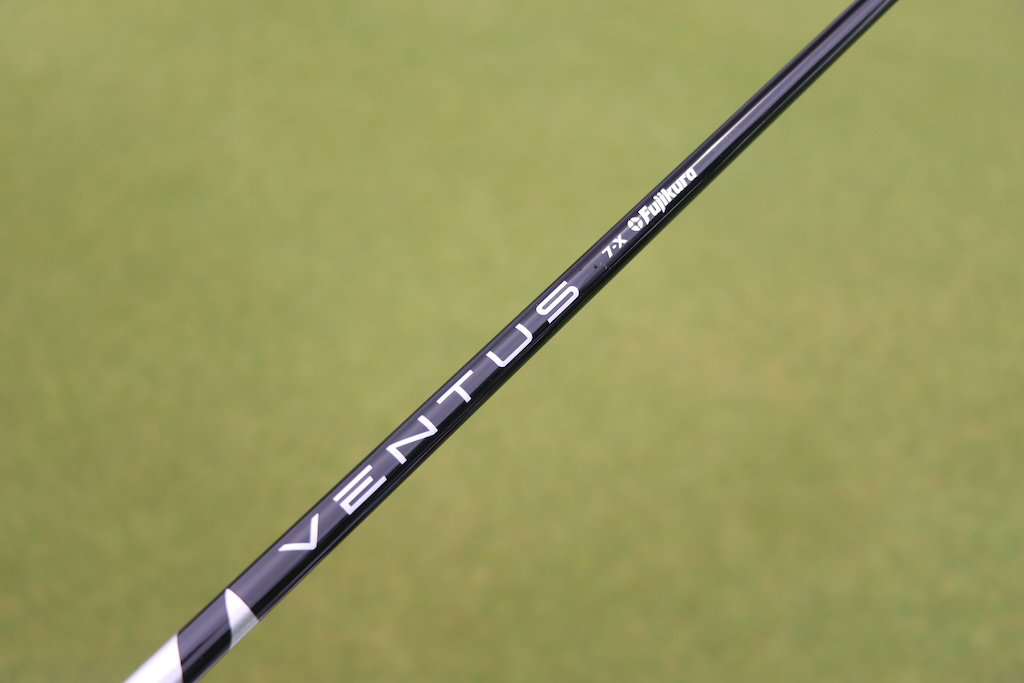
3-wood: Callaway Paradym Ai Smoke Max (15 degrees @13.9)
Shaft: Fujikura Ventus Black 8 X (43 inches, tipped 1.5)
Hybrid: Callaway Apex UW Prototype (19 degrees @17.8)
Shaft: Fujikura Ventus Black 10 X
Irons: Callaway X Forged UT (21 degrees) Buy here, Callaway Apex TCB Raw (5-PW)
Shafts: KBS $-Taper 125 S+
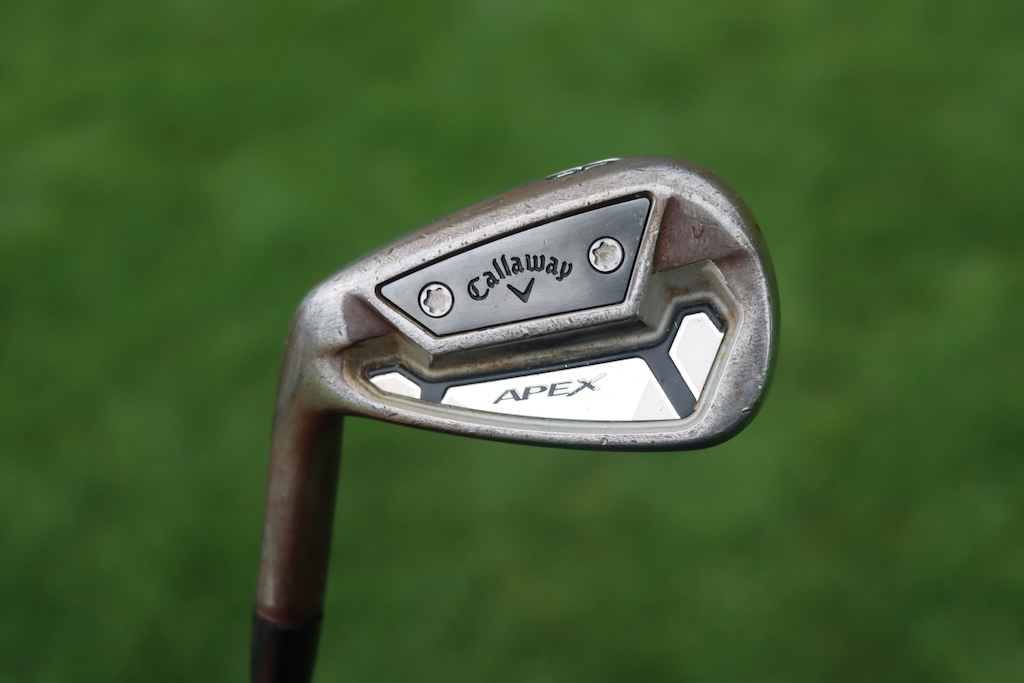
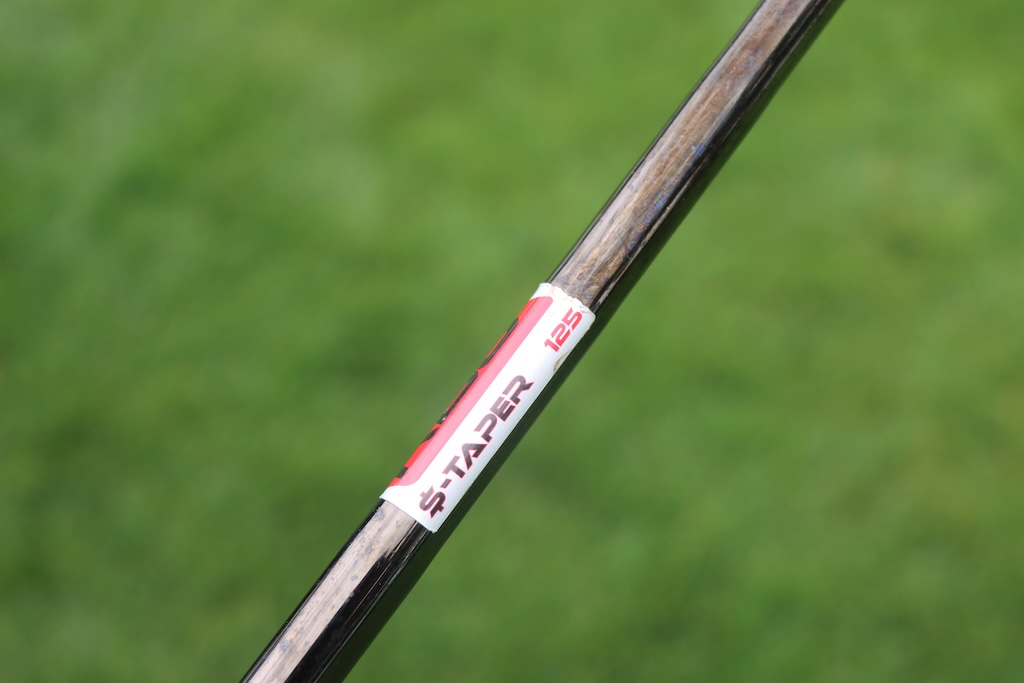
Wedges: Callaway Jaws Raw (50-10S @49, 54-10S, 60-08C @61)
Shafts: KBS Hi-Rev 2.0 135 X
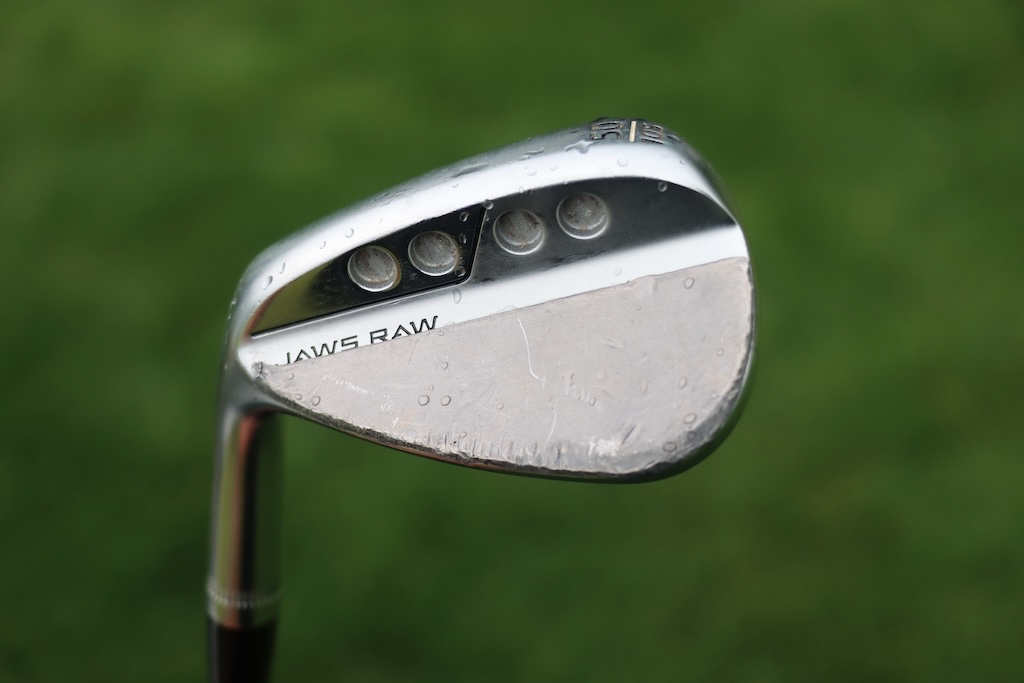
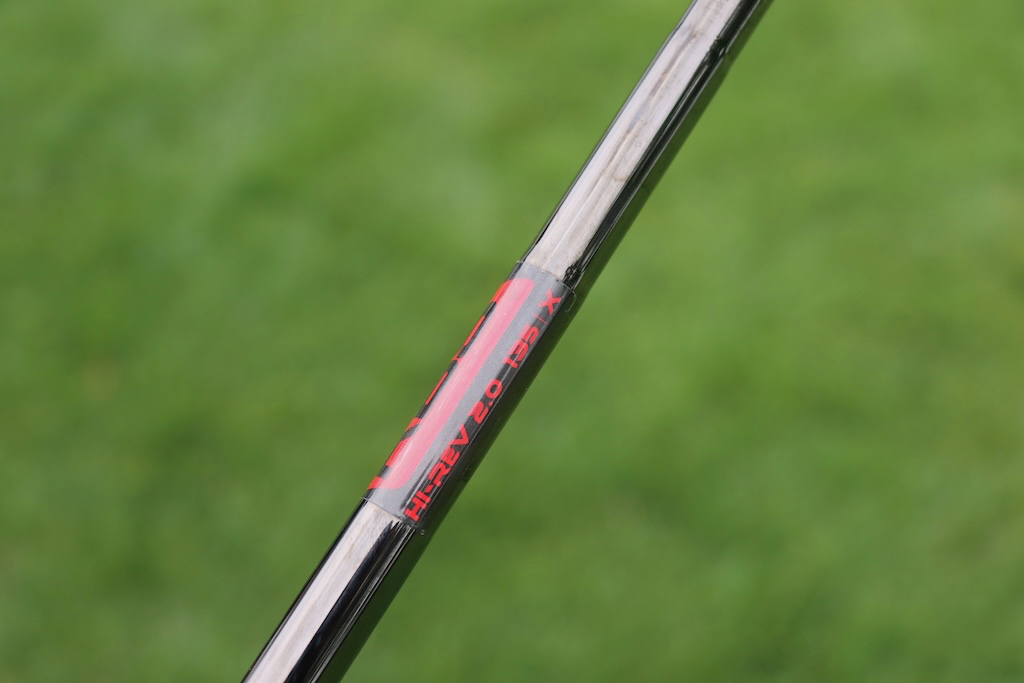
Putter: Odyssey Versa Jailbird 380
Grip: SuperStroke Zenergy Split
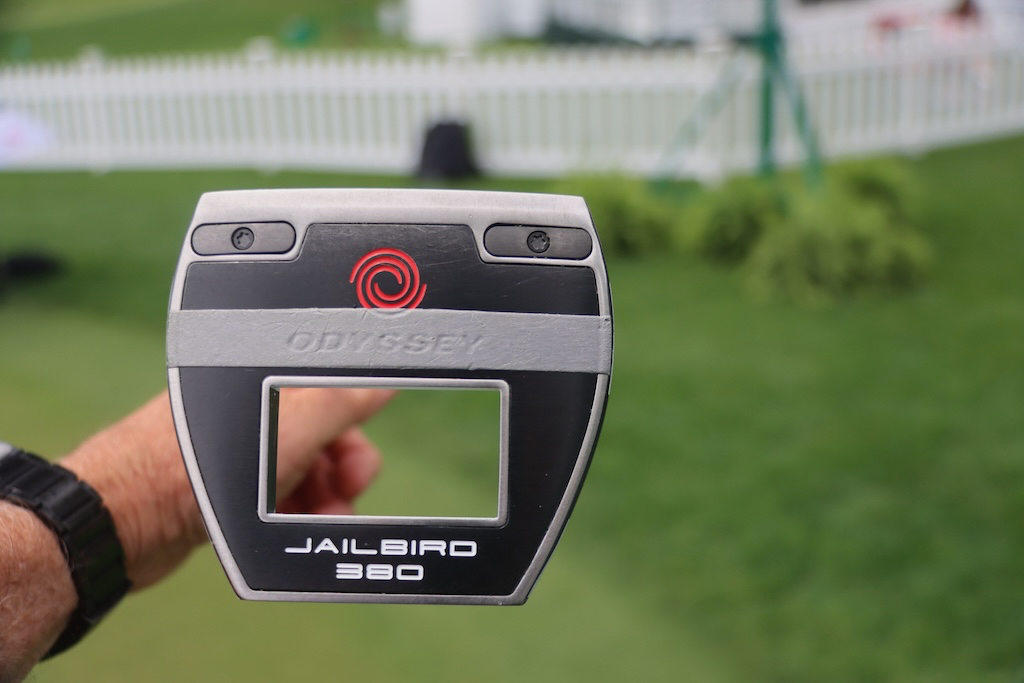
Grips: Iomic
Ball: Callaway Chrome Tour
More photos of Akshay Bhatia’s WITB in the forums.
- LIKE0
- LEGIT0
- WOW0
- LOL0
- IDHT0
- FLOP0
- OB0
- SHANK0
Whats in the Bag
Emiliano Grillo WITB 2024 (May)
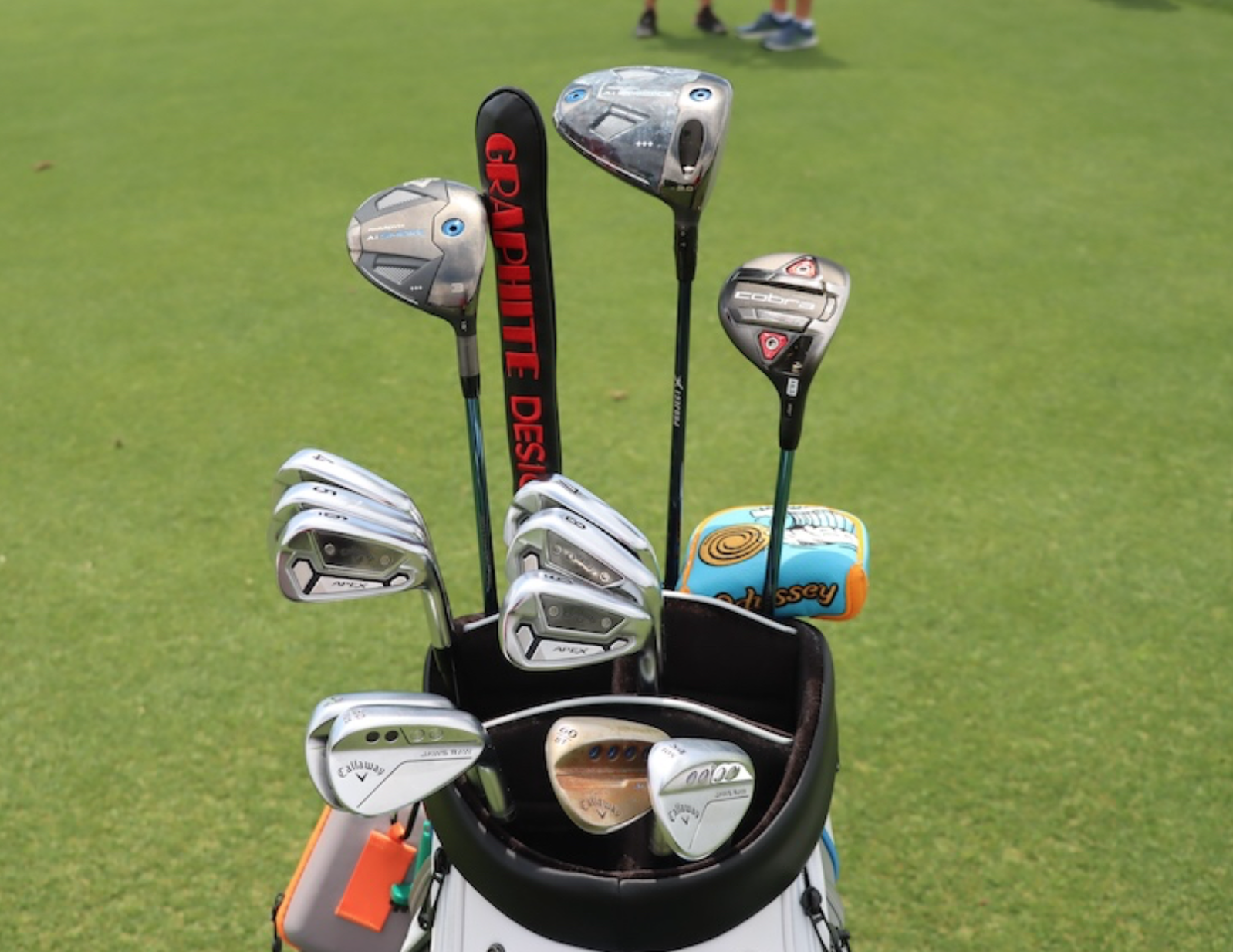
- Emiliano Grillo what’s in the bag accurate as of the Wells Fargo Championship. More photos from the event here.
Driver: Callaway Paradym Ai Smoke Triple Diamond (9 degrees @10)
Shaft: Project X Denali Blue 60 TX
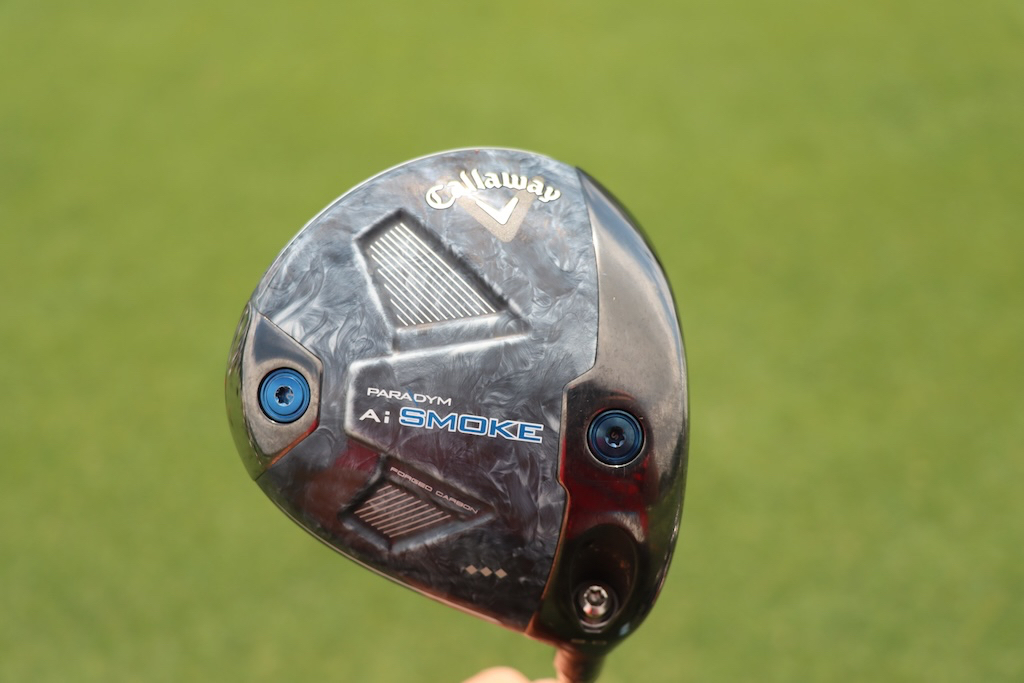
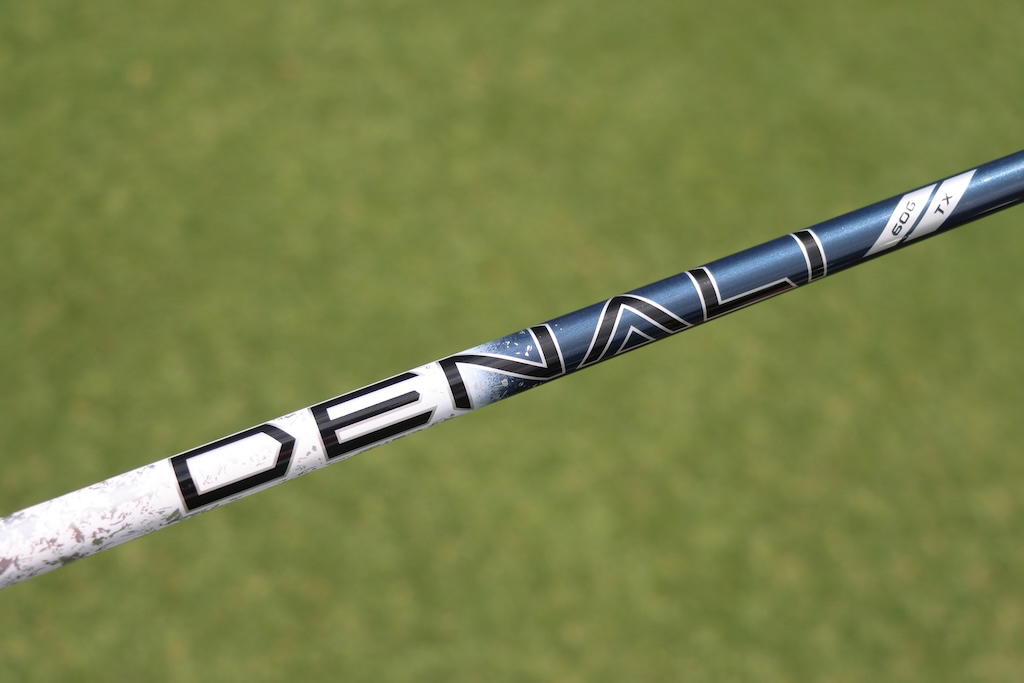
3-wood: Callaway Paradym Ai Smoke Triple Diamond (15 degrees)
Shaft: Project X HZRDUS Smoke Blue RDX 70 TX
5-wood: Cobra LTDx Prototype (18.5 degrees)
Shaft: Project X HZRDUS Smoke Blue RDX 70 TX
Irons: Callaway Apex TCB (4-9)
Shafts: Project X 6.5
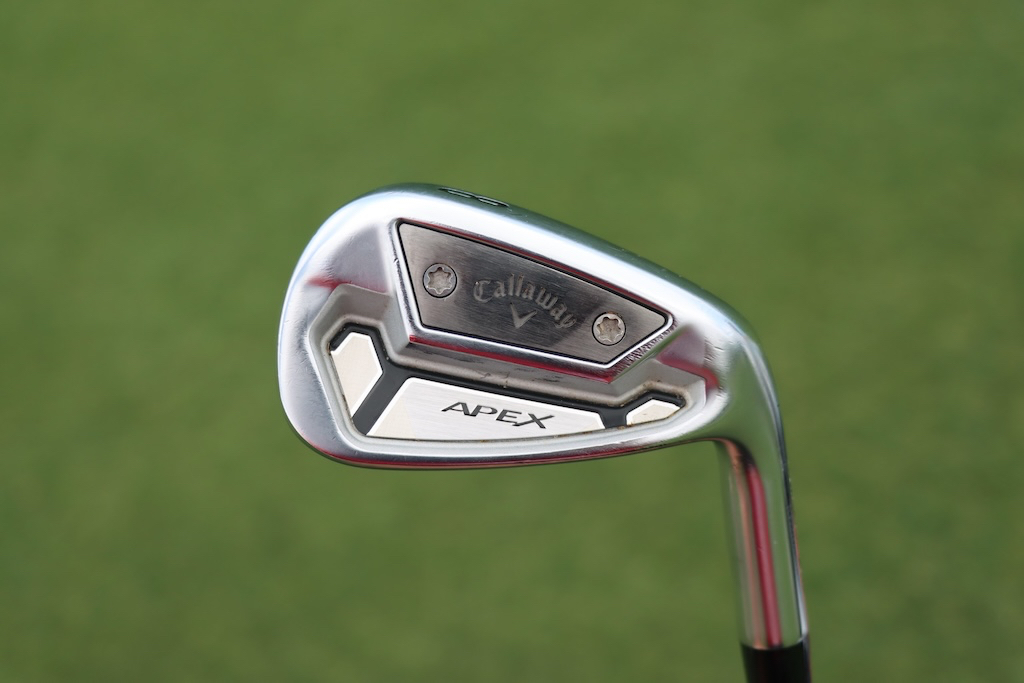
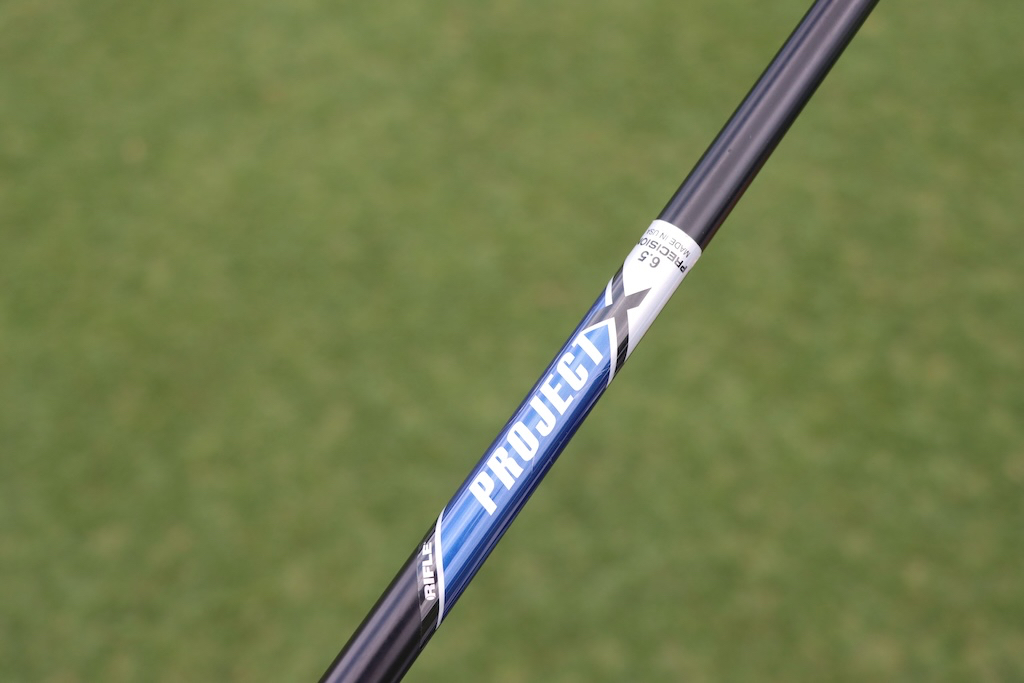
Wedges: Callaway MD3 Milled (46-08S), Callaway Jaws Raw (50-10S, 54-10S, 60-08T)
Shafts: True Temper Dynamic Gold Tour Issue S400
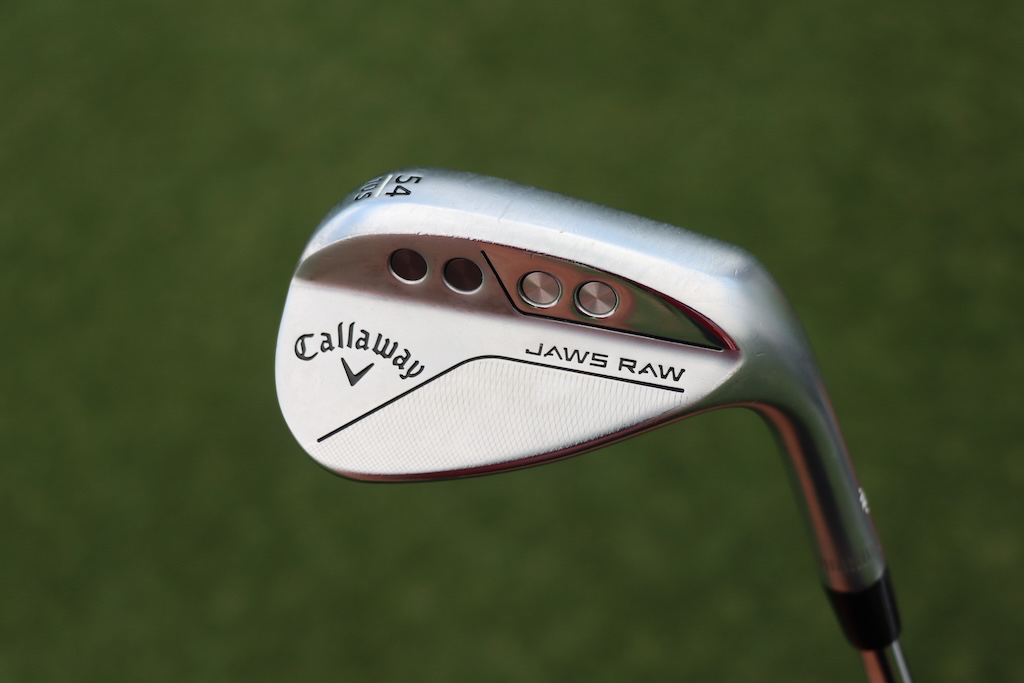
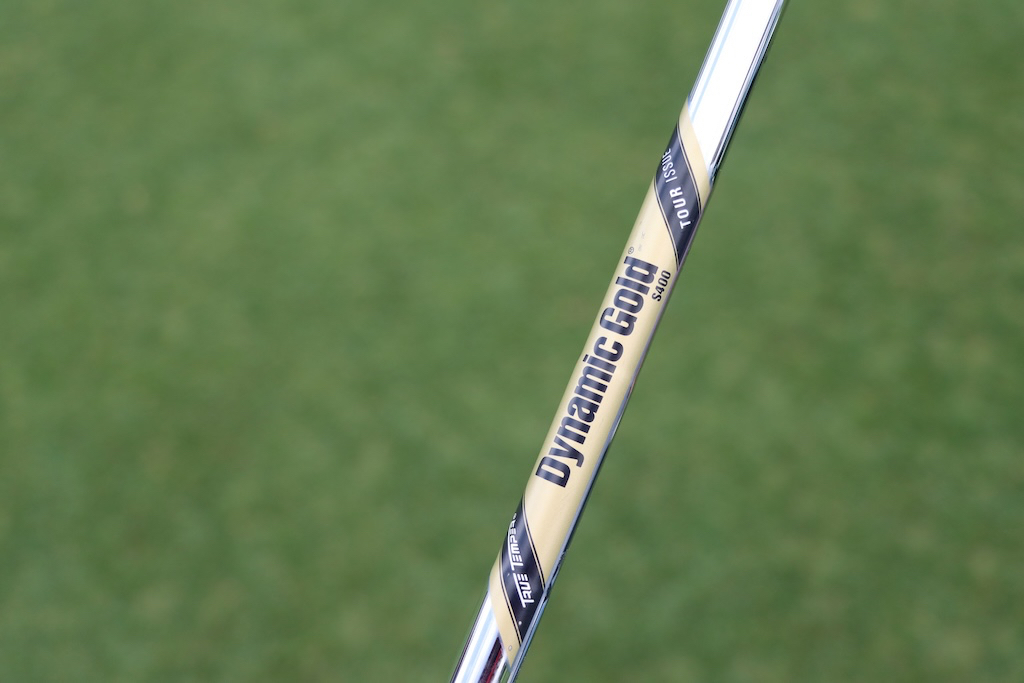
Putter: Odyssey White Hot OG #5
Grip: SuperStroke Zenergy Flatso 1.0
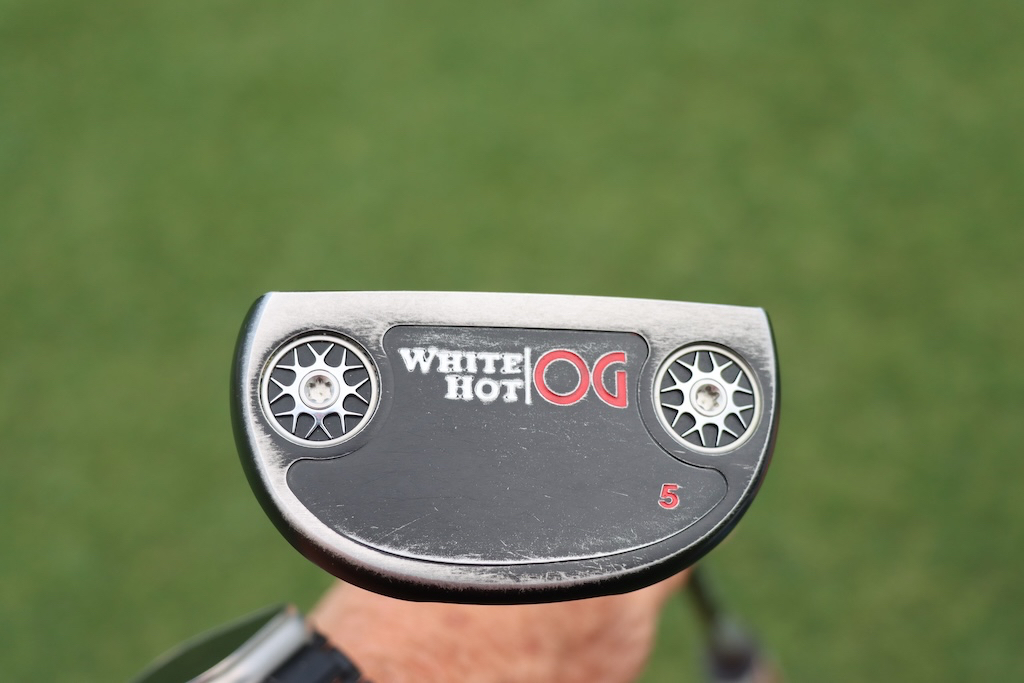
Grips: Golf Pride MCC
Check out more in-hand photos of Emiliano Grillo’s clubs here.
- LIKE0
- LEGIT0
- WOW0
- LOL0
- IDHT0
- FLOP0
- OB0
- SHANK0
Product Reviews
UST Mamiya Dart V iron shaft review – Club Junkie Reviews
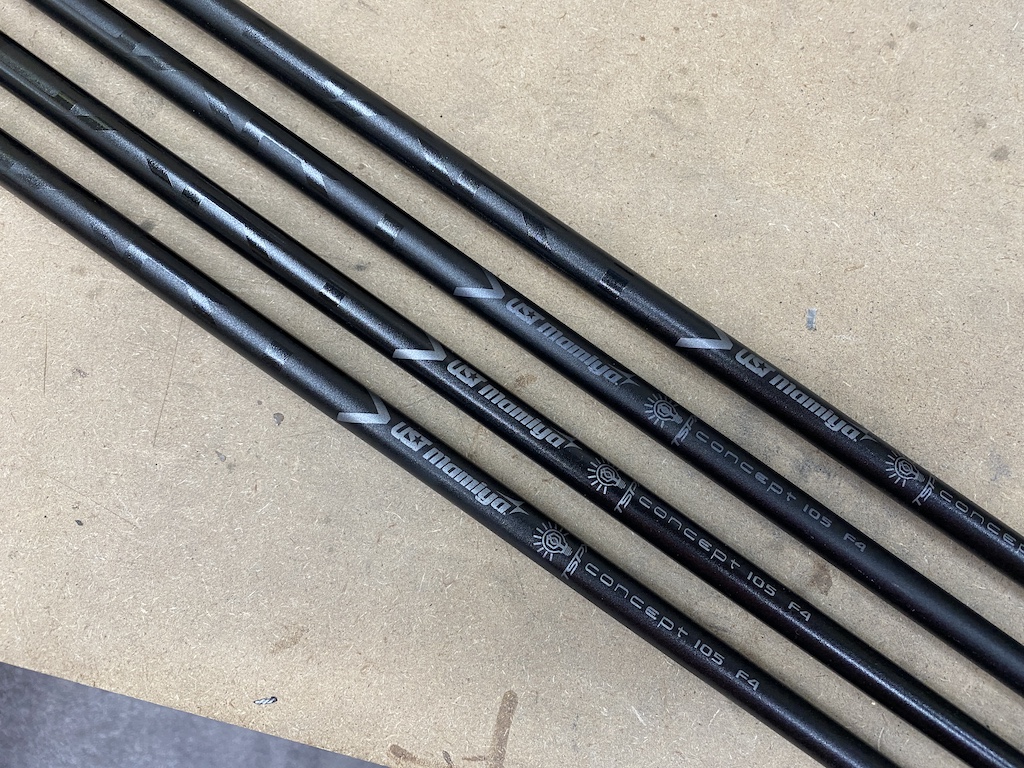
Recently, graphite iron shafts have grown in popularity as technology has taken giant leaps forward. The old thoughts of graphite being too soft, too high launching, or too inconsistent have gone by the wayside. This new batch of graphite iron shafts has been played by all levels of golfers, from players who do need help with launch and spin to professionals who are looking for added control.
Today, we’re taking a look at one of these “new graphite iron shafts.” UST Mamiya Dart V irons shafts come out of the company’s TSPX Lab that creates the most cutting-edge designs and uses the latest materials.
Check out the full review on YouTube below or on any podcast platform.

UST Mamiya’s Dart V shafts are designed around Dual Action Recoil Technology that makes sure the entire shaft flexes consistently for much tighter shot dispersion. The Dart V shafts are offered in 90, 105, and 120-gram weight options to fit a wide range of golfers. UST Mamiya also has very tight tolerances and quality control to ensure that every shaft is the same in the set. Utilizing Torray M40X carbon fiber gives the engineers a material that is 30% better tensile strength and gives the shafts better feel with less harsh vibration.
I went with the Dart V 105 F4 (stiff) shafts as I have found more success with lighter shafts as I have gotten older. Building these shafts up with a set of Vega Mizar Tour heads was very easy and didn’t take a lot of tip weights. I think the 7-iron needed a small 2g tip weight and the rest were installed without any weight at my desired D1 swing weight at standard length with standard size grips.


Out on the course, the first thing I noticed was how tight the Dart V 105 feels. Every swing feels like the shaft is under complete control, no matter if you take a partial or went after it. Stout is a great term for the shafts as they definitely play true to flex, but they aren’t harsh feeling. While the Dart V plays stiff, it still does a good job of reducing vibration and keeping joints or injured body parts free from additional shock.
You can feel the shaft load during the transition to the downswing, but it has a stiffer feel of less flex than some other graphite shafts. Some players like this boardier feel and will get it with the Dart V. Feel at impact is similar to the loading where you are going to feel some kick at the bottom of the swing, but it won’t be as aggressive as other shafts. On center strikes the Dart V offers a very solid feel with great, soft feedback. When you mishit shots with these shafts you get immediate feedback with some additional vibration that feel players will really like. The mishits aren’t too harsh on the hands but still let the head give you the louder click that your ears will want.
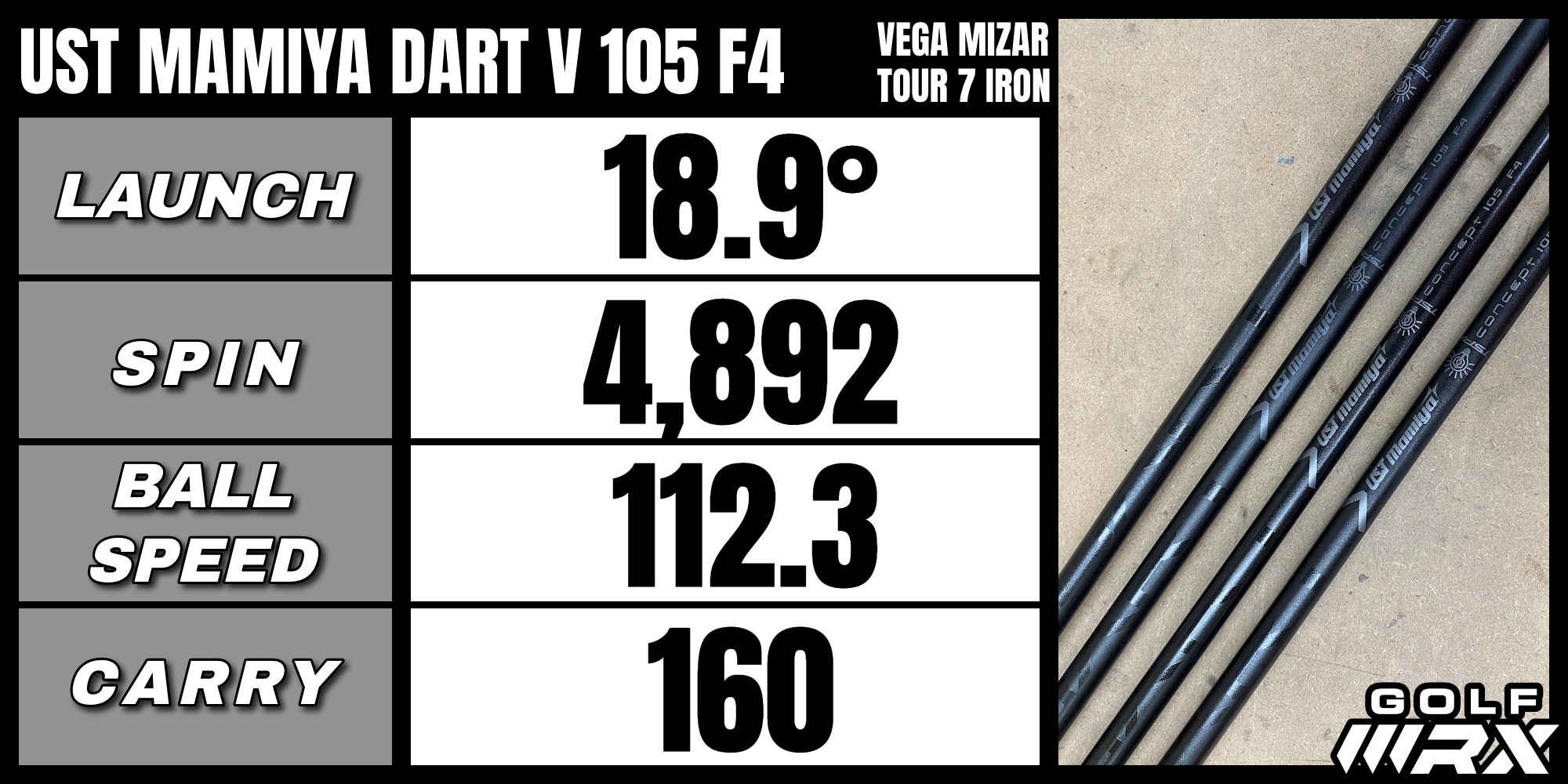
Ball flight for me was lower than I expected with UST Mamiya listing the shaft as more mid-launch. I would consider my launch with the Dart V mid-low launch with a more penetrating flight. Better players will like the ability to flight shots, with any club, higher or lower in order to get the ball close to the hole. The penetrating flight helps in windy conditions as it offers a stable trajectory that doesn’t waver from your aiming point.
Shots that you mishit off the toe or heel go pretty straight and you don’t see big curvature that causes you to really miss the green. Most of those misses come off the face fairly straight and leave you with a fairly easy chip or pitch shot to the green. Distance control is consistent and repeatable as I found on the range that well-struck shots have a very tight carry distance window and I have yet to see some wildly long or short shots show up.


Overall, the UST Mamiya Dart V iron shafts are solid options for players who are very particular about performance. Like other shafts among the new breed of graphite iron shafts, the Dart V delivers the type of shots you need when you need them.
- LIKE0
- LEGIT0
- WOW0
- LOL0
- IDHT0
- FLOP0
- OB0
- SHANK0
-

 19th Hole2 weeks ago
19th Hole2 weeks agoJustin Thomas on the equipment choice of Scottie Scheffler that he thinks is ‘weird’
-

 19th Hole2 weeks ago
19th Hole2 weeks ago‘Absolutely crazy’ – Major champ lays into Patrick Cantlay over his decision on final hole of RBC Heritage
-

 19th Hole2 weeks ago
19th Hole2 weeks agoLET pro gives detailed financial breakdown of first week on tour…and the net result may shock you
-

 19th Hole7 days ago
19th Hole7 days agoGary Player claims this is what ‘completely ruined’ Tiger Woods’ career
-

 19th Hole22 hours ago
19th Hole22 hours agoReport: LIV star turns down PGA Championship invite due to ‘personal commitments’
-

 Whats in the Bag1 week ago
Whats in the Bag1 week agoTeam McIlowry (Rory McIlroy, Shane Lowry) winning WITBs: 2024 Zurich Classic
-

 19th Hole3 weeks ago
19th Hole3 weeks agoTaylorMade signs 15-year-old AJGA Rolex Junior Player of the Year to an NIL contract
-

 Equipment1 week ago
Equipment1 week agoGolf fans left surprised by LIV’s choice of course for its 2024 individual championship event







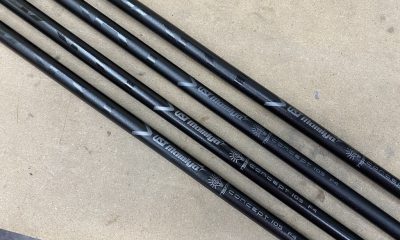















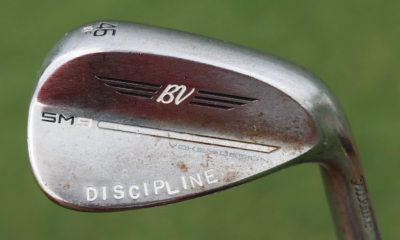



Joe Doaks
Feb 28, 2018 at 10:59 pm
Callaway is releasing more product than any other golf brand.
Maxx Ainsworth
Jan 18, 2018 at 2:47 pm
The biggest problem I see with these clubs besides the price is the Teal coloring it makes them look like ladies clubs and I can’t see too many guys going for these irons even if they are forgiving. What’s wrong with the electric blue, red or any other masculine color they used to use?
HDTVMAN
Jan 18, 2018 at 12:08 am
$499 for the Rogue driver? And the irons run $1000+. Just because idiots will pay $5500 for PXG, that doesn’t mean you should skip the $400 driver and $800 irons. You’re going to run your customers to other brands.
Jeff
Jan 16, 2018 at 10:24 pm
The one thing Callaway and others don’t get 60% of golfers can’t afford there products. When insurance prices sky rocket there is less money for recreation.
Wally
Jan 16, 2018 at 7:49 pm
W0W!!! All these new model drivers are flying off the production line….. it makes my head spin dizzzy …. I want one of each!
cdj
Jan 16, 2018 at 1:27 pm
@couch potato…I absolutely care what it feels like! Historically I think Callaway gets it right…not too squishy or hard. Epic feels phenomenal..however I saved big on Ltd and love the feel and performance. Rogue looks good for sure…still get sticker shock!!!!
LL
Jan 16, 2018 at 8:40 am
Overall. I like the idea of tweaking the Epic and making it better. I like the idea of cutting the XR line. I like the idea of continuing to sell the Epic. However, I find it interesting they are moving the weight more rearward to increase forgiveness. When everyone was moving it forward to chase low spin and trackman numbers, Ping seemed to be the only one moving it rearward and focusing on a more forgiving driver which is probably what we all still need. IMHO, Ping is the company that leads in design through a solid philosophy. Most others chase rabbits.
Scott
Jan 16, 2018 at 5:21 am
Have to put against trackman and see the numbers.
Couch Potato
Jan 16, 2018 at 9:58 am
Yeah – It’s the numbers that matter. Nobody cares what a club feels, swings or looks like. Just give me the trackman numbers and I will tell you which club is the best. Yee Haw!